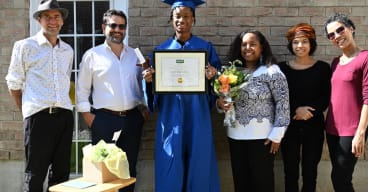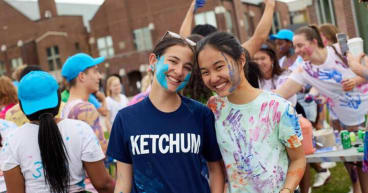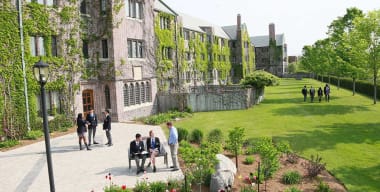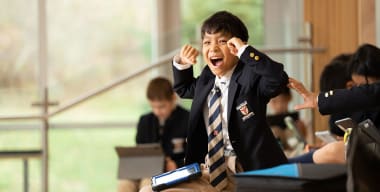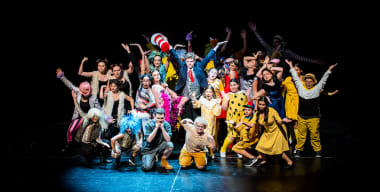For example, math and science teachers are told to reduce the amount of time they spend lecturing and increase the amount of time spent on experiments and problem solving. Progressive educators claim that students learn more when they explore fewer topics at a deeper level. In other words, less content equals more learning.
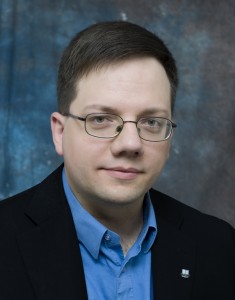
Co-Author of "What's Wrong With Our Schools and How We Can Fix Them," Michael Zwaagstra. He'll be speaking at the Annual Meeting for the Society for Quality Education, on Saturday Dec. 4, 2010.
This "less is more" philosophy dominates education faculties across Canada and explains why textbooks are becoming shorter and less informative. New math textbooks contain lots of pictures and problem solving suggestions but little in the way of concrete practice questions while many science textbooks are little more than do-it-yourself experiment guides.
The move away from direct instruction methods and content in the curriculum is defended as consistent with the research evidence. However, recent research actually shows the exact opposite.
In a rigorous study released earlier this year by the Program on Education Policy and Governance of the Harvard Kennedy School, Drs. Guido Schwerdt and Amelie Wuppermann used data from the 2003 Trends in International Mathematics and Science Study (TIMSS) to compare the academic achievement of grade eight students in classrooms where teachers lectured to that of students in classrooms focused on problem solving. They found that students performed best in classrooms where lecturing was the primary mode of instruction.
Furthermore, Schwerdt and Wuppermann concluded that their results "imply a negative correlation between more in-class problem solving and student achievement." This runs counter to the mantra that teachers should replace lecturing with problem solving. While this result may surprise supporters of the "less is more" philosophy, a little common sense makes it easy to understand.
Consider the example of an elementary teacher who has to teach students how to multiply two-digit numbers.
If students are encouraged to find their own ways to multiply through working on open-ended word problems, it often takes many days of trial-and-error for students to learn multiplication. Unfortunately, many students will use extremely inefficient methods that need to be corrected by the teacher while others may simply give up in frustration.
In contrast, a teacher using direct instruction can give a simple 30-minute presentation showing students the best way to multiply two-digit numbers. The presentation begins with step-by-step examples on the chalkboard and is followed by a series of practice questions that gradually increase in difficulty. Within a short period of time, students have mastered an important math skill and are ready to move on to the next topic.
When students move into the higher grades, problem solving methods of teaching become even more inefficient. Most students will never independently rediscover the principles of calculus that took Leibniz and Newton years to develop no matter how much problem solving they do. Common sense tells us that students should instead study and apply the fundamental principles that have already been identified and refined by experts. This necessitates a significant amount of direct instruction (i.e. lecturing) from teachers.
As further evidence of the effectiveness of traditional methods, even educators who criticize them regularly use lecturing themselves when trying to persuade other teachers to adopt their approach. At many in-services, teachers dutifully sit in rows facing a speaker who spends all day lecturing them about the need to replace lecturing with more engaging instruction.
While lectures may not always be exciting, they remain an important part of the teaching and learning process.
[Michael Zwaagstra is the co-author of the book, What's Wrong With Our Schools and How We Can Fix Them. His columns promoting common sense education reform have been published in major daily newspapers such as the National Post, Globe and Mail, and Winnipeg Free Press. He'll be speaking at the Annual Meeting for the Society for Quality Education, on Saturday Dec. 4, 2010.]


